How to Save Money on Your Pool
“Want to save money on your pool? Get rid of it.” That’s probably the standard answer, but what if you don’t want to? Our house came with an above ground pool, and I love taking a daily dip or two. So instead of spending money to remove our pool, I spent some time figuring out the cheapest way to maintain it.
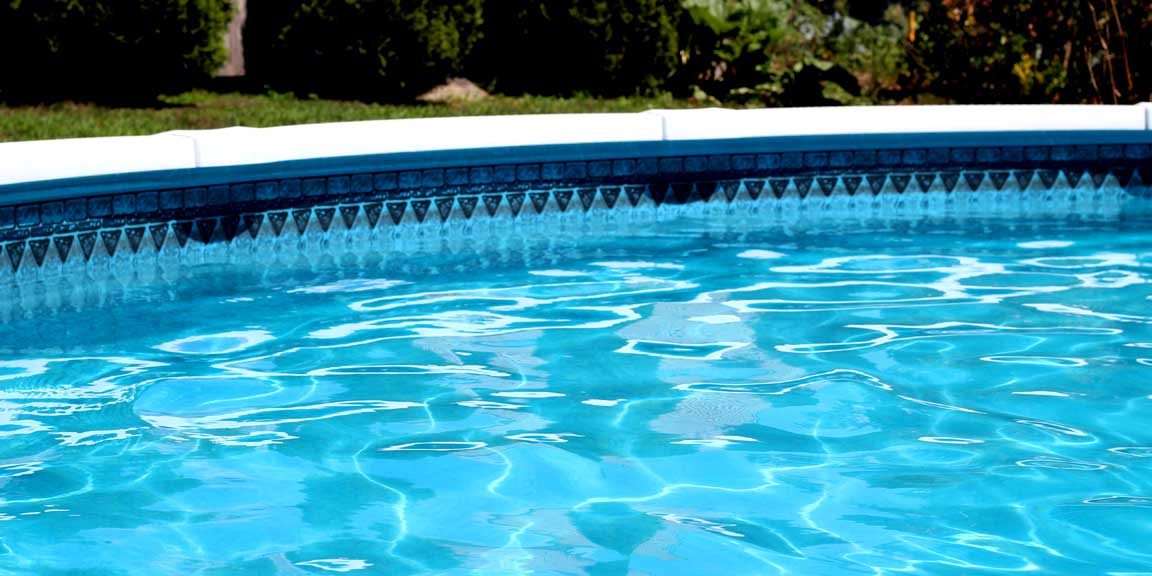
If you don’t have one already, consider an alternative
Before I dive into it, if you don’t already have a pool, there are cheaper alternatives to having one put in. All you need to cool down is a way to take a dip. A good place to start is a blow-up easy set pool. I had one of these at my last house and would keep it on the patio every summer. It was the perfect size to sit and relax in with a nice frosty beverage.
Just because you look like a redneck with your inflatable pool doesn’t mean you have to take care of it like one. My kiddie pool was crystal clear all summer long. All I had to do was use a floating dispenser with some chlorine pucks, fish out the leaves and bugs, and run the pump every now and then. The water stayed clear all season.
One of those blow-up pools would have been sufficient for me, but we now have an above ground pool to maintain. Let’s figure out exactly what those costs are, and how we can minimize them.
How much electricity does a pool pump use?
I have a 1 hp Hayward pump, and it pulls 930 watts as measured with my Kill A Watt meter. Some people say to run the filter for 8-24 hours, but I think that’s overkill. If the pool is properly chlorinated, I find it sufficient to run the filter for 1.5 hours twice a day. This is plenty to keep our pool clear during the hottest months in Connecticut.
I run the filter even less during cooler months as algae growth slows. When some crap gets in the pool after a storm or a party, I probably run it an extra 30 minutes. My electric rate in CT is high at 25 cents per kilowatt hour, so if I’m running the pump 3.5 hours * 0.93 kwatts * $0.25 * 30 days = ~$24.41 a month for electricity, in peak summer months.
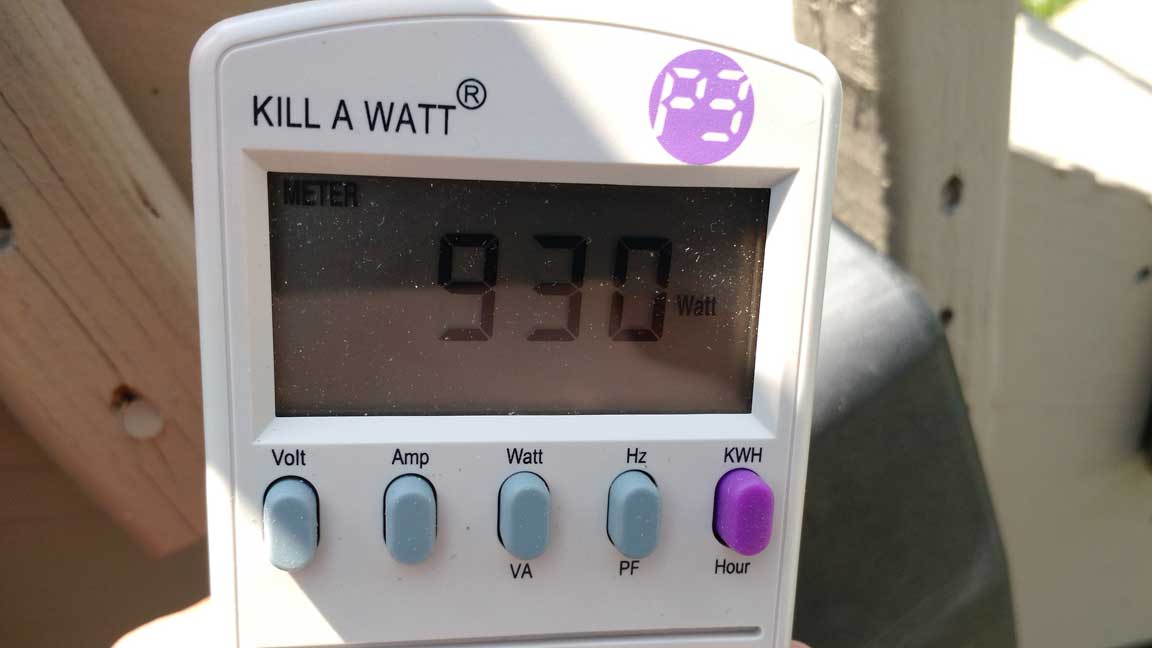
I highly recommend keeping the pump on a pool timer because running it regularly circulates the chlorine and disrupts algae formation. I like to run mine in the morning and evening. Also, I make sure to properly backwash my sand filter when it’s dirty – usually when the pressure reading on the pump goes up a few psi.
How do I save on pool chemicals?
Chlorine:
I used to think I had this all figured out, but I was wrong until this summer. My neighbor had recommended buying chlorine in bulk from a price club. It was $90 for a 50 lb bucket, and that’s what I used for years. I also see forums on the interwebs promoting the BBB method – Bleach, Borax, Baking Soda. Yes, you can use chlorine bleach but are these solutions actually cheaper? The key is to look at how much available chlorine is in a product. Let’s look at the choices, most expensive to cheapest:
Chlorine Bleach $2.94 per gallon
Ingredient: Sodium Hypochlorite, 7.86% available chlorine
Cost: $2.94/(7.86% * ~8.3lbs/gallon) = $4.50/lb available chlorine
Super Chlorinating Granules $90 per 50lbs at a price club
Ingredient: Calcium Hypochlorite, 54% available chlorine
Cost: $90/(54% * 50lbs) = $3.33/lb available chlorine
Trichlor Tablets $110 per 50lbs
Ingredient: Trichloro-S-Triazinetrione, 90% available chlorine
Cost: $110/(90% * 50lbs) = 2.44/lb available chlorine
Oh and by the way, the sun eats up your chlorine at an accelerated rate when your pool is low in cyanuric acid. Trichlor contains 52% cyanuric acid by weight. The hyprochlorites have none. So while it might seem like a tempting hack to use chlorine bleach or get some granules at the price club, it costs more, and you are not getting the added bonus of cyanuric acid.
I probably drop a couple of trichlor tablets each week into my floating chlorine dispenser. So 1 lb * 4 weeks * $2.44/lb = ~$9.76/month for chlorine in peak summer months. Again, once the water temperature drops, I can use less.
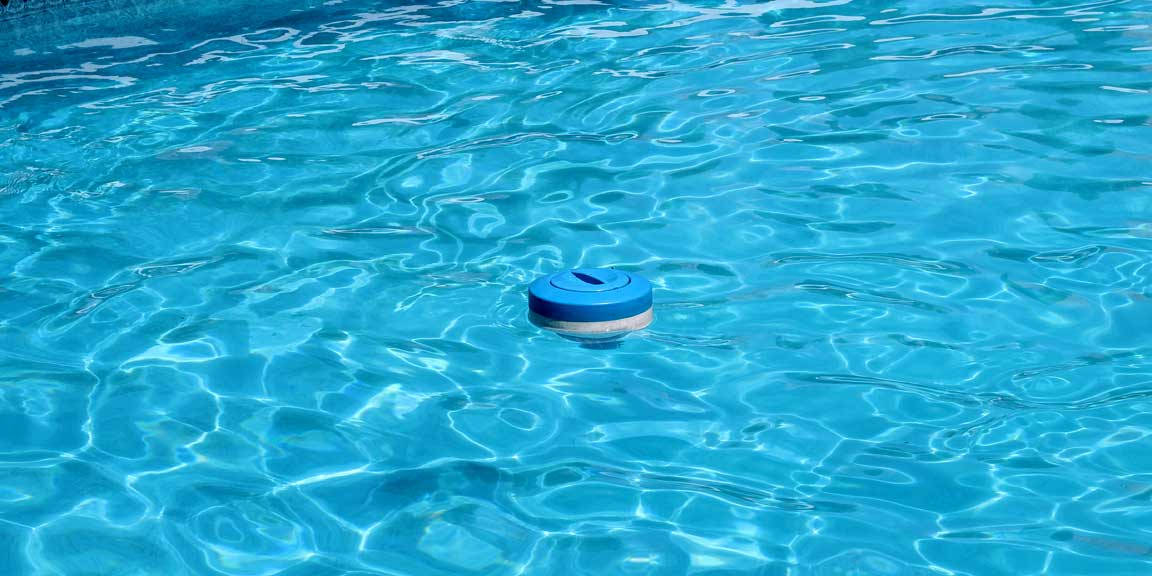 Use a chlorine dispenser with Trichlor tablets
Use a chlorine dispenser with Trichlor tablets
The only other chemicals I need to balance my pool are pH increaser and alkalinity increaser. Let’s see if trying to hack those chemicals goes any better.
pH Increaser
I did some quick research and found that washing soda is the same thing as pH Plus, they are both sodium carbonate. Here is the price comparison:
pH Plus $22 for 5lbs
Ingredient: 98% sodium carbonate
Cost: $22/(98% * 5lbs) = $4.49/lb
Arm & Hammer Super Washing Soda $3.97 for 4 lbs
Ingredient: 100% sodium carbonate
Cost: $3.97/4lbs = $0.99/lb
This time, it’s much cheaper to go to your local store and buy some washing soda. Of course, I fell for the scam before and paid 20 bucks for pH Plus. At least now I have a nice plastic jug to keep my washing soda in. I probably go through a couple of pounds a year, so let’s call it $2 for the season. I have a ~5 month season so $0.40 a month for pH increaser.
Alkalinity increaser:
Alkalinity increaser is pool lingo for “you’re gonna pay a lot for this baking soda.” Let’s take a look at the prices:
Alkalinity Increaser $10 for 2 lbs
Ingredient: 100% sodium bicarbonate
Cost: $10/2lbs = $5/lb
Arm & Hammer Baking Soda $2.24 for 4 lbs
Ingredient: 100% sodium bicarbonate
Cost: $2.24/4lbs = $0.56/lb
Again, don’t buy the pool store version of this chemical. I probably use a few pounds of baking soda a year, so call it $2 a season. That’s another $0.40 a month for alkalinity increaser.
I also need supplies for testing the chemical levels. Test strips or chemicals for my water test kit cost probably $10 a season or $2 a month for testing supplies.
So that bring the total to $9.76 + $0.40 + $0.40 + $2 = $12.56/month for all chemicals.
How about pool repairs?
Pool hose keeps breaking
Let me start with a PSA. Is your pool hose always splitting? If you have an above ground pool with the standard hoses pictured below on the right, go to your pool store or hardware store and get the braided PVC tubing you see on the left. The standard pool hoses are ticking time bombs. I think they are purposely made to fail every year. You don’t need the aggravation of having your pool drain and your pump run dry because your pool hose burst.
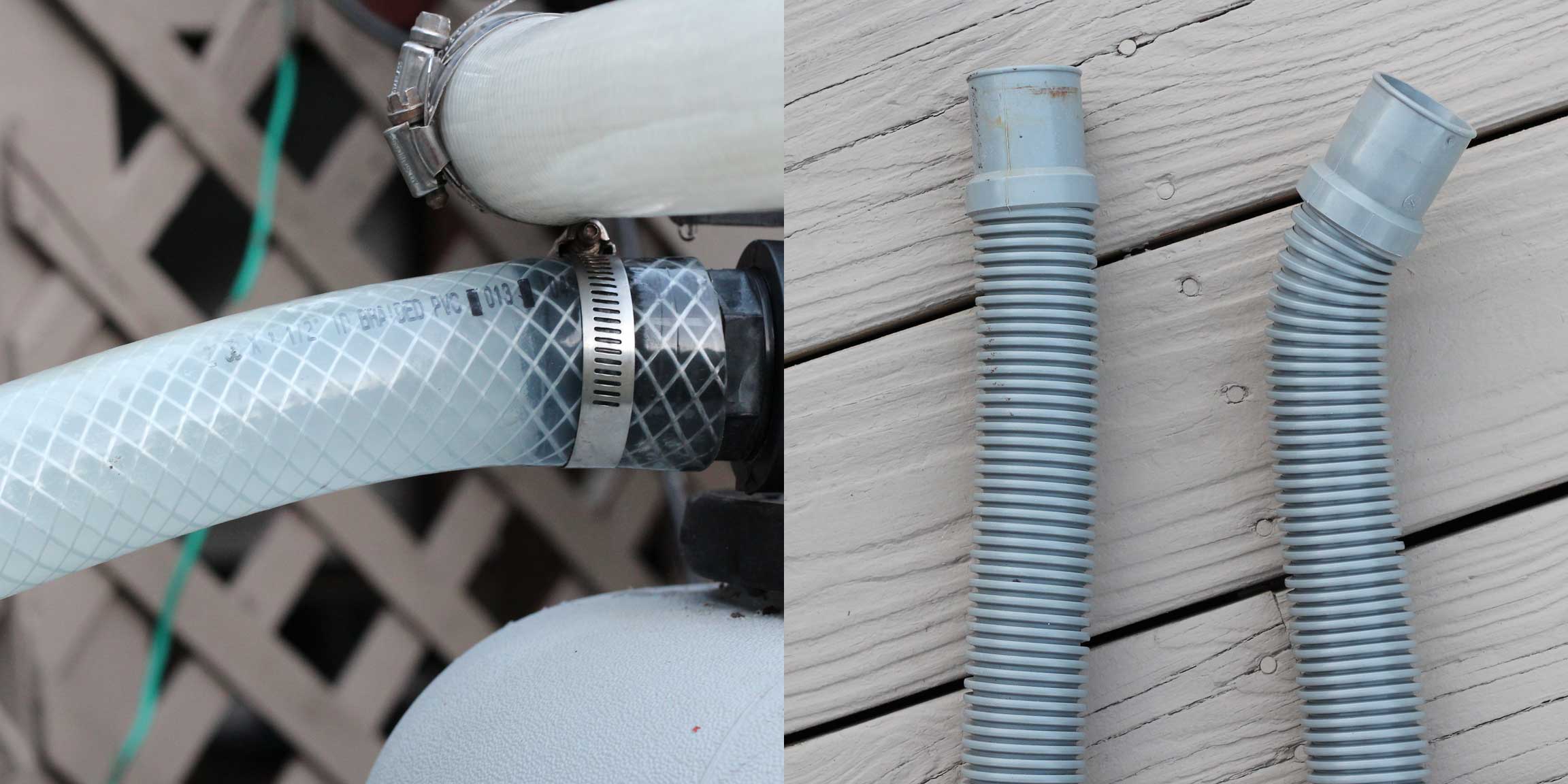 Left: Reliable Braided PVC. Right: Crappy Standard Pool Hose
Left: Reliable Braided PVC. Right: Crappy Standard Pool Hose
Another benefit of replacing those hoses with braided PVC pipe is the improved water flow. Because they aren’t ribbed, they have less resistance and make a huge difference in the flow rate. Another way to keep the resistance down is to shorten the length of the tubing as much as you can. By reducing the resistance, you will get a higher flow rate through the filter and you can run it less.
Do I have to cover my pool?
I don’t cover my pool for the winter. When the water temperature drops below 50 degrees, I chlorinate one last time, then disconnect the pump and hoses to winterize them. I was tired of buying new balloons every year and replacing pool covers. They never did me any good – the collected leaves would all go right back in the pool when I pulled the cover off in the spring. It’s much easier for me to clear the leaves and debris with a pool skimmer net and my pool rover. It’s also much nicer to look at a frozen pool instead of an ugly tarp all winter.
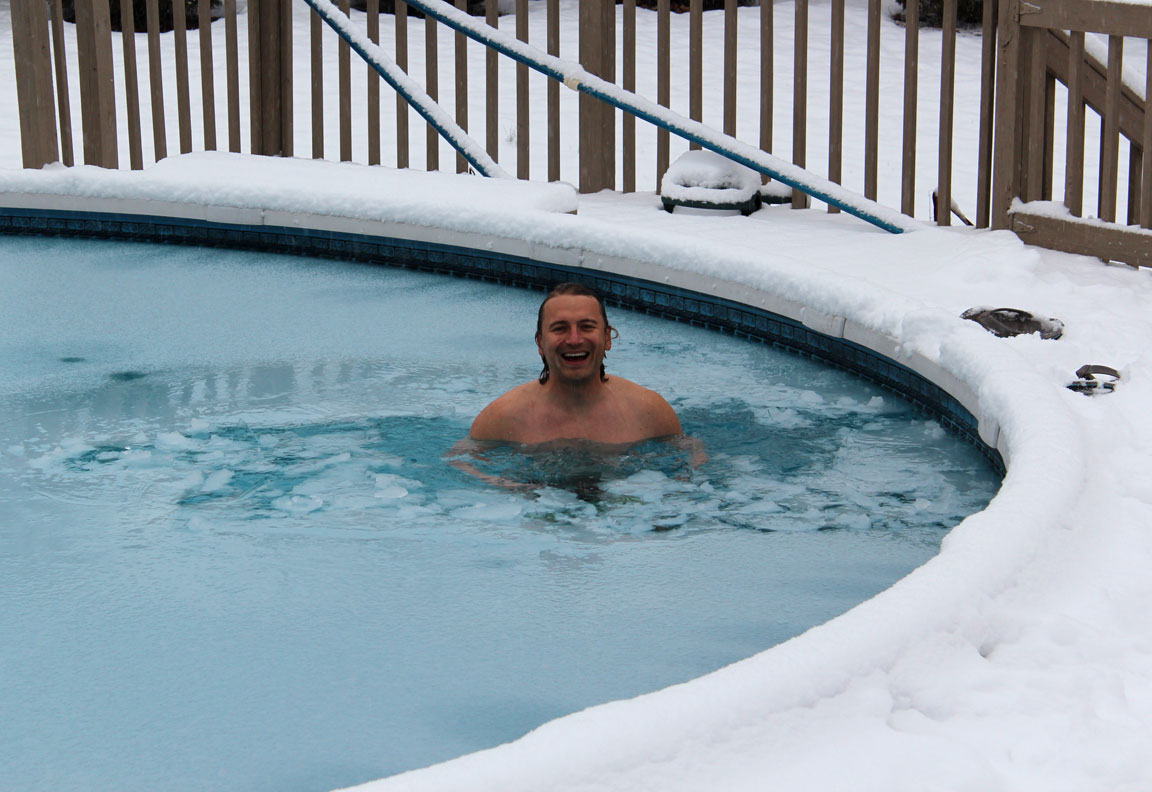 I still use my pool in the winter for cold conditioning.
I still use my pool in the winter for cold conditioning.
I haven’t had any recurring equipment purchases since making the above changes. One year, I didn’t winterize correctly and the strainer housing cracked when water trapped in it froze. A new part would have cost me $50, but I just patched it for a couple of bucks with some J-B Weld epoxy. This year, I did have to replace a valve on my old sand filter for $80. This was a rare expense, but let’s account for a possible pump or liner failure in the future, so maybe $80 a season or $16/month on repairs.
So what’s the total cost of pool ownership?
$24.41 for electricity + $12.56 for chemicals + $16.80 for repairs = $52.97/month total. This is the cheapest, and includes me doing all the repairs and properly maintaining the pool on a weekly basis. For my pool season of ~5 months that means ~$250 a year. So yes, a blow up pool is going to cost less than a real pool will cost to maintain for a month. But that doesn’t mean I’m taking ours down. We could easily spend that extra $50 a month cranking up the A/C, and I like to practice my cannonballs. Cowabunga dude!